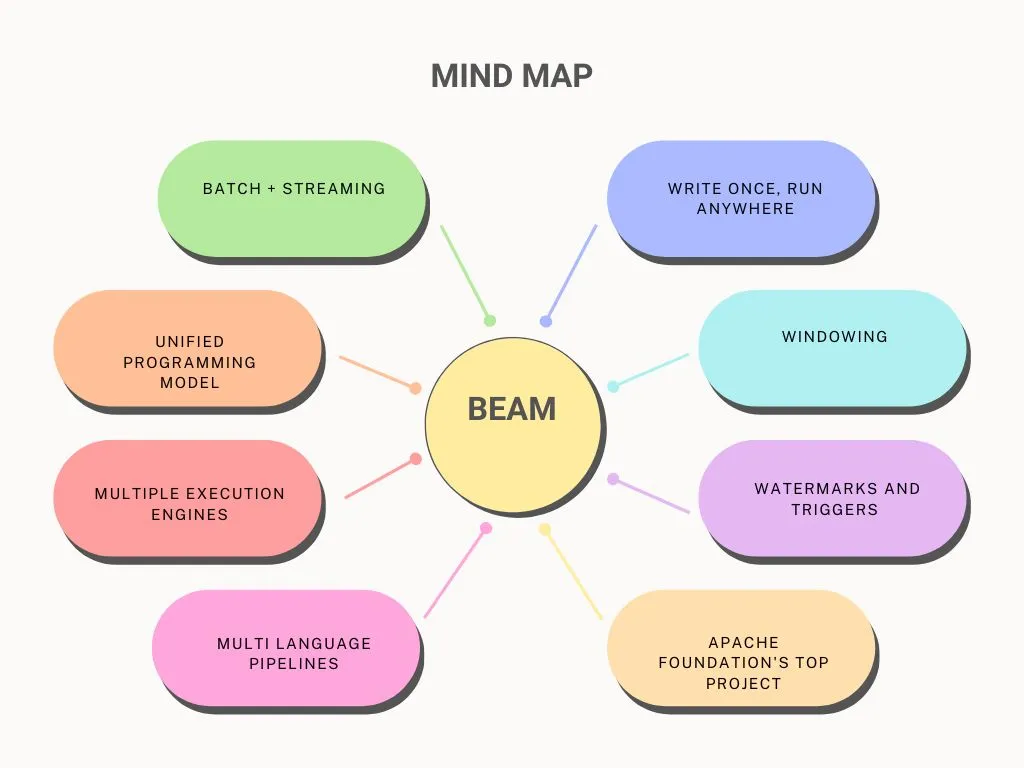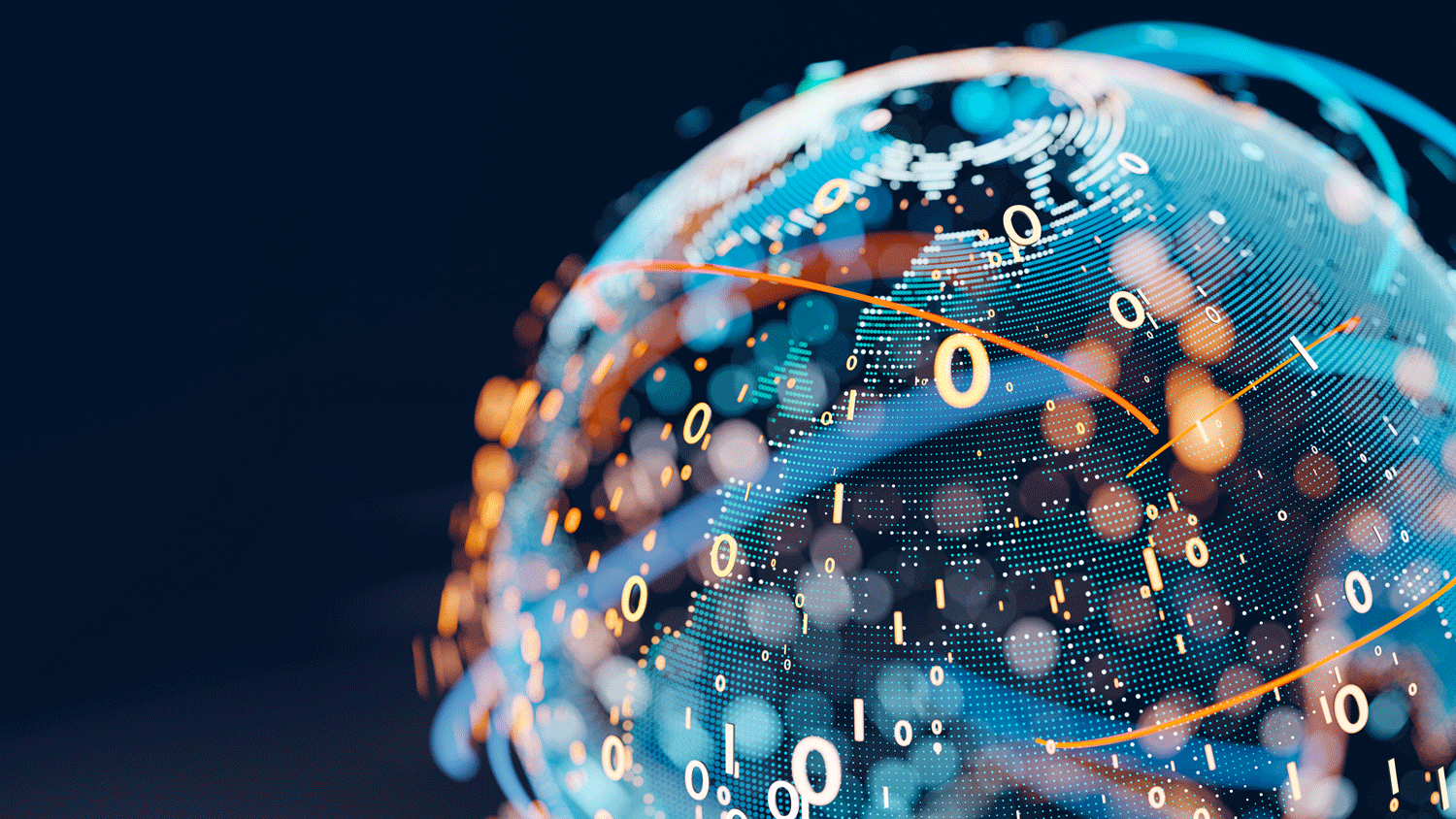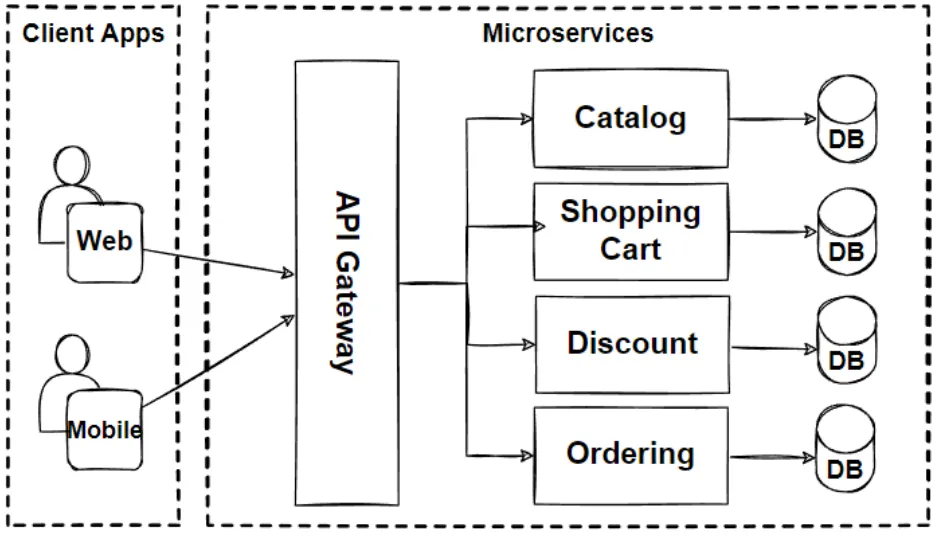2023 could be the breakthrough year for quantum computing

Despite progress on short-term applications, 2023 will not see error
correction disappear. Far from it, the holy grail of quantum computing will
continue to be building a machine capable of fault tolerance. 2023 may create
software or hardware breakthroughs that will show how we’re closer than we
think, but otherwise, this will continue to be something that is achieved far
beyond 2023. Despite it being everything to some quantum companies and
investors, the future corporate users of quantum computing will largely see it
as too far off the time horizon to care much. The exception will be government
and anyone else with a significant, long-term interest in cryptography.
Despite those long time horizons, 2023 will define clearer blueprints and
timelines for building fault-tolerant quantum computers for the future.
Indeed, there is also an outside chance that next year will be the year when
quantum rules out the possibility of short-term applications for good, and
doubles down on the 7- to 10-year journey towards large-scale fault-tolerant
systems.
Technical Debt is a Major Threat to Innovation
The challenge is instead of trying to keep the proverbial IT lights on during
the COVID-19 era, IT teams are now being asked to innovate to advance digital
business transformation initiatives, said Orlandini. A full 87% of survey
respondents cited modernizing critical applications as a key success driver.
As a result, many organizations are embracing platform engineering to bring
more structure to their DevOps processes, he noted. The challenge, however, is
striking a balance between a more centralized approach to DevOps and
maintaining the ability of developers to innovate, said Orlandini. The issue,
of course, is that in addition to massive technical debt, the latest
generation of applications are more distributed than ever. The survey found
91% of respondents now rely on multiple public cloud providers for different
workloads, with 54% of data residing on a public cloud. However, the survey
also found on-premises IT environments are still relevant, with 20% planning
to repatriate select public cloud workloads to an on-premises model over the
next 12 months.
What’s Going Into NIST’s New Digital Identity Guidelines?

Both government and private industries have been collecting and using facial
images for years. However, critics of facial recognition technology accuse it
of racial, ethnic, gender and age-based biases, as it struggles to properly
identify people of color and women. The algorithms in facial recognition tend
to perpetuate discrimination in a technology meant to add security rather than
adding risk. The updated NIST digital guidelines will directly address the
struggles of facial recognition in particular, and biometrics overall. “The
forthcoming draft will include biometric performance requirements designed to
make sure there aren’t major discrepancies in the tech’s effectiveness across
different demographic groups,” FCW reported. Rather than depend on digital
photos for proof, NIST will add more options to prove identity. Lowering risk
is as important to private industries as it is to federal agencies. Therefore,
it would behoove enterprises to take steps to rethink their identity proofing.
The Past and Present of Serverless
As a new computing paradigm in the cloud era, Serverless architecture is a
naturally distributed architecture. Its working principle is slightly changed
compared with traditional architectures. In the traditional architecture,
developers need to purchase virtual machine services, initialize the running
environment, and install the required software (such as database software and
server software). After preparing the environment, they need to upload the
developed business code and start the application. Then, users can access the
target application through network requests. However, if the number of
application requests is too large or too small, developers or O&M
personnel need to scale the relevant resources according to the actual number
of requests and add corresponding policies to the load balance and reverse
proxy module to ensure the scaling operation takes effect timely. At the same
time, when doing these operations, it is necessary to ensure online users will
not be affected. Under the Serverless architecture, the entire application
release process and the working principle will change to some extent.
Why Apache Beam is the next big thing in big data processing

It’s a programming model for writing big data processing pipelines which is
portable and unified. Now what does it mean exactly: First let’s understand
the use cases for big data processing pipelines. Batch processing: Batch
processing is a data processing technique used in big data pipelines to
analyze and process large volumes of data in batches or sets. In batch
processing, data is collected over a period of time, and then the entire batch
of data is processed together Stream processing : Processing data as it is
generated. It is a data processing technique to process data in real-time as
it is generated, rather than in batches. In stream processing, data is
processed continuously, as it flows through the pipeline. ... Beam offers
multi-language pipelines which is basically a pipeline that is constructed
using one Beam SDK language and incorporates one or more transforms from
another Beam SDK language. The transforms from the other SDK language are
known as cross-language transforms.
The Use of ChatGPT in the Cyber Security Industry
ChatGPT has also been useful within cybernetic defense, by being asked to
create a Web Application Firewall (WAF) rule to detect a specific type of
attack, in the threat hunting scenario, where it is possible that the tool
creates a machine learning model in any language, such as python, so that the
tool can analyze the network traffic of a .pcap file, where the network
packets were captured and thereby identify possible malicious behavior, such
as a network connection with a malicious IP address that is already known and
may indicate that a device is compromised, indicate an unusual increase in
attempts to access the network through brute force, among other possibilities.
... This is worrying to the point of schools in NYC City blocking access to
ChatGPT due to concern about the negative impacts this can generate on the
students’ learning process, since in most cases, depending on the question,
the answer is already provided without any effort or without having to
study.
Is quantum machine learning ready for primetime?

Hopkins disagrees. “We are trying to apply [quantum ML] already,” he says,
joining up with multiple clients to explore practical applications for such
methods on a timescale of years and not decades, as some have ventured.
... “You’re not going to fit that on a quantum computer with only 433
qubits,” says Hopkins – sufficient progress is being made each year to expand
the possible number of quantum ML experiments that could be run. He also
predicts that we will see quantum ML models become more generalisable. Schuld,
too, is hopeful that the quantum ML field will directly benefit from recent
and forthcoming advances on the hardware side. It’ll be at this point, she
predicts, when researchers can begin testing quantum ML models on realistic
problem sizes, and when we’re likely to see what she describes as a ‘smoking
gun’ revealing a set of overarching principles in general quantum ML – one
that reveals just how much we do and don’t know about the mysteries of
applying these algorithms to complex, real-world problems.
Cyber Resilience Act: A step towards safe and secure digital products in Europe

Cybersecurity threats are global and continually evolving. They are targeting
complex, interdependent systems that are hard to secure as threats can come
from many places. A product that had strong security yesterday can have weak
security tomorrow as new vulnerabilities and attack tactics are discovered.
Even with a manufacturer appropriately mitigating risks, a product can still
be compromised through supply chain attacks, the underlying digital
infrastructure, an employee or many other ways. Microsoft alone analyzes 43
trillion security signals daily to better understand and protect against
cyberthreats. Staying one step ahead requires speed and agility. Moreover,
addressing digital threats requires a skilled cybersecurity workforce that
helps organizations prepare and helps authorities ensure adequate enforcement.
However, in Europe and across the world there is a shortage of skilled staff.
Over 70% of businesses cannot find staff with the required digital
skills.
Microservices Architecture for Enterprise Large-Scaled Application

Microservices architecture is a good choice for complex, large-scale
applications that require a high level of scalability, availability, and
agility. It can also be a good fit for organizations that need to integrate
with multiple third-party services or systems. However, microservices
architecture is not a one-size-fits-all solution, and it may not be the best
choice for all applications. It requires additional effort in terms of
designing, implementing, and maintaining the services, as well as managing the
communication between them. Additionally, the overhead of coordinating between
services can result in increased latency and decreased performance, so it may
not be the best choice for applications that require high performance or low
latency. ... Microservices architecture is a good choice for organizations
that require high scalability, availability, and agility, and are willing to
invest in the additional effort required to design, implement, and maintain a
microservices-based application.
Developing a successful cyber resilience framework

The difference between cyber security and cyber resilience is key. Cyber
security focuses on protecting an organization from cyber attack. It involves
things such as firewalls, VPNs, anti-malware software, and hygiene, such as
patching software and firmware, and training employees about secure behavior.
On the other hand, “cyber resilience focuses on what happens when cyber
security measures fail, as well as when systems are disrupted by things such
as human error, power outages, and weather,”. Resiliency takes into account
where an organization's operations are reliant on technology, where critical
data is stored, and how those areas can be affected by disruption. ...
Cyber resilience includes preparation for business continuity and involves not
just cyber attacks or data breaches, but other adverse conditions and
challenges as well. For example, if the workforce is working remotely due to a
catastrophic scenario, like the COVID-19 pandemic, but still able to perform
business operations well and produce results in a cyber-secure habitat, the
company is demonstrating cyber resilience.
Quote for the day:
"The art of communication is the
language of leadership." -- James Humes
No comments:
Post a Comment